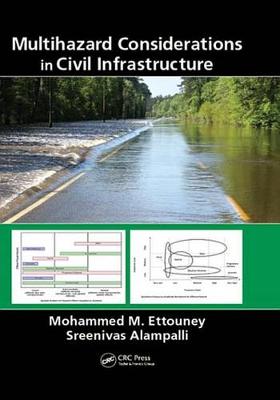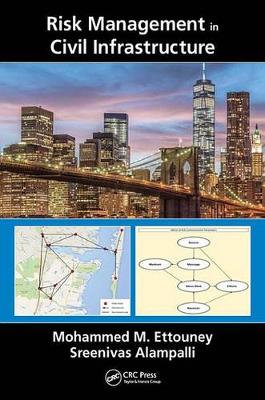Civil Infrastructure Health and Sustainability
3 total works
Multihazard Considerations in Civil Infrastructure
by Mohammed M. Ettouney and Sreenivas Alampalli
This book explains and presents the need for Multihazard Consideration (MH) in the management of civil infrastructure, what constitutes MH, and how to address MH in design and analysis. A generalized theory of MH will serve as the basis of the objective treatment of this volume. Use of MH in bridge management (inspection, maintenance, rehabilitation, and replacement) will serve as the basis for several examples, and numerous case studies will be presented throughout.
Risk Management in Civil Infrastructure
by Mohammed M. Ettouney and Sreenivas Alampalli
This book presents several original theories for risk, including Theory of Risk Monitoring, and Theory of Risk Acceptance, in addition to several analytical models for computing relative and absolute risk. The book discusses risk limit, states of risk, and the emerging concept of risk monitoring. The interrelationships between risk and resilience are also highlighted in an objective manner. The book includes several practical case studies showing how risk management and its components can be used to enhance performance of infrastructures at reasonable costs.
Resilience Management in Civil Infrastructure
by Mohammed M. Ettouney and Sreenivas Alampalli
This book introduces and describes different components of infrastructure resilience management (ReM) applications in civil infrastructure, including infrastructure robustness, redundancy, resourcefulness, and recovery. It presents several original theories for resilience, including the theory of resilience acceptance. In also presents several analytical models for computing relative and absolute resilience. Additionally, the book addresses the issues of asset (node) resilience vs. community (network) resilience, limit states of risk and resilience, and resilience monitoring.


